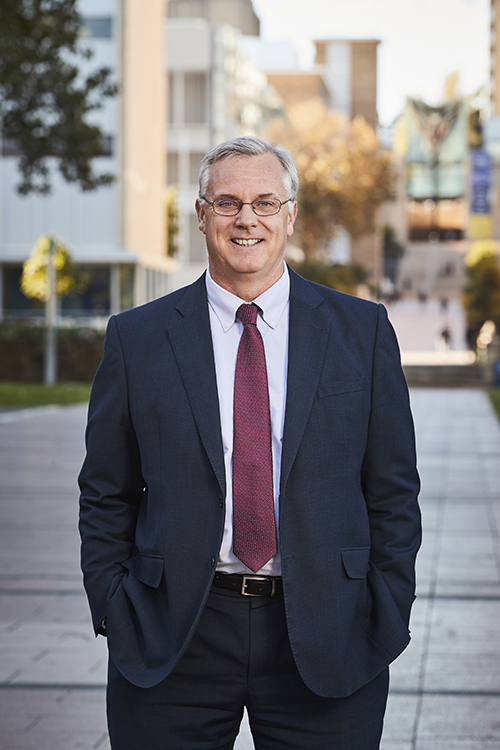
How time flies – September already! That must mean it’s time for the third Engineering newsletter for the year, to which I welcome you all.
This edition will be devoted to the really exciting things going on in the biomedical engineering space, but before I talk about that, I would like to point out a couple of other things worth celebrating for UNSW Engineering.
The first is the great results for UNSW Engineering in the global university rankings over 2018/9. We’ve risen to be clearly Number One in Australia in all but one of the many league ladders – the Times Higher Education – where we’ve risen to third spot from fourth. It was announced last week that UNSW overall had risen 25(!) places in this ranking, so we're optimistic of a big rise for engineering soon. We’ve always been clear that our strategic goal is first and foremost to provide the very best engineering education and research contributions for our stakeholder communities. Nevertheless, these rankings outcomes across so many different measures are a satisfying reflection of the fantastic efforts of our talented staff and the broad support of our industry and community. Being at the top of the tree as an engineering institution is a win-win-win for our students, our academics and professional staff and the community which enjoys the benefits of our graduates and research.
The other thing we’re very excited about is the unveiling of DesignNext which launched on campus on September 12. Design Next is a new cross-faculty design initiative that enables excellence in design which is essential for technological advance. It allows students from the faculties of Engineering, Art & Design, Built Environment and Business to come together and learn not only from each other but from a diverse group of academics and industry partners. Now located in the Ainsworth building, DesignNext will offer comprehensive design courses to more than 3000 first year students in 2019, then in 2020 for second years, and new subjects added for third and fourth year students in 2021 and 2022. We believe that DesignNext will be a gamechanger for Australia through the step change in graduate understanding of the important discipline of design.
What is worth noting is that up until now, the only students who have really experienced education in the cross disciplinary design space are industrial designers but there have been so few of them nationwide. But after DesignNext is up and running, we expect the number of UNSW graduates with both technological and design expertise to number more than 4000 a year; a profound shift that will add a major human element to technology.
Which brings us to the articles in this newsletter issue. Biomedical engineering research is carried out in that intersection between technology and humanity. Whether it’s the tiny micro-submarines that deliver medicine to targeted areas of the human body, or UNSW engineering students repairing medical equipment in the hospitals of Uganda or Cambodia. Or sugar structures being engineered to become antibodies, or a swallowable capsule that can transmit data in real time about the chemical makeup of the gases in the intestines. Or what about the smartphone app that can detect the risk of dementia from a person’s speech, or the non-invasive detection of cancer in the eye. These are just some of the stories that show how far technology is being used to benefit human health on a global scale.
The future of medical advances will be founded in technology. Medicine is becoming increasingly scientific and much less empirical. We have a long way to go before all Australians, certainly all humanity has equal access to the same medical treatments and technology, but it is very exciting to see these early stages where technology could mean the difference between travelling hours to a major city to be tested, and being able to be diagnosed remotely, in your own home. Or the difference between having invasive explorative treatment and having smart drugs targeting a particular part of the body.
I think you’ll find the achievements of our academics and students, as well as the ideas behind some of their work detailed in these articles, both inspiring and noble.
Professor Mark Hoffman
Dean of UNSW Engineering
